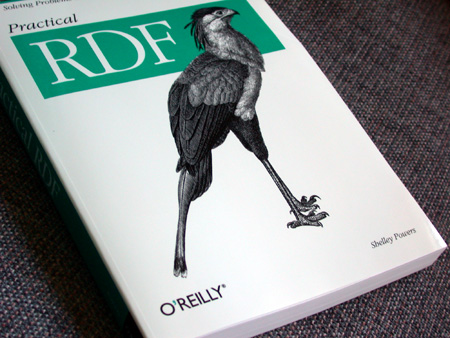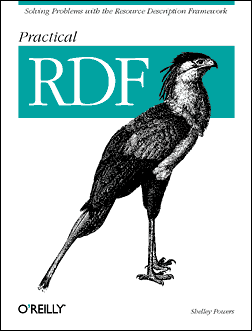Hey, I’m not so caught up in the debate excitement that I’m going to fail to note Danny Ayers first xml.com article, “Extending RSS”.
Congrats, Danny! Excellent read.
Just writing
Hey, I’m not so caught up in the debate excitement that I’m going to fail to note Danny Ayers first xml.com article, “Extending RSS”.
Congrats, Danny! Excellent read.
The talk is of war and politics and the economy, in an endless cycle of news that drags one’s spirits down. I don’t want to talk about these things. Instead, I want to talk about kites.
Probably one thing that transcends cultural differences is kites. Kites are made, and flown, the world over. There’s few children that haven’t built a flimsy device out of paper and fragile wood and then promptly crashed it into something such as a tree, ala Charlie Brown.
For most of us, our first kites are little diamonds made of very fragile wood and paper, tied to a long, long string. We’d put them together, sometimes with the help of a parent or other adult, and take it out for a trial flight. I don’t know about you all, but I had my first lessons in flight, wind, and flight without wind, with a kite.
Someone had to hold the kite and run backwards very quickly, tossing the kite high into the air. If the wind was right, up the little diamond would fly. If the wind wasn’t right, whoever your flying partner was had a marvelous workout. “Run faster! Run faster!”, you’d scream. “I am running”, they’d scream back, face red, puffing like a blow fish. Half the fun of kite flying was watching the poor soul desperately trying to get the kite into the air so they could sneak off to collapse while you were distracted.
After quickly breaking these kites, or losing them into a tree, or having them removed because we “buzzed” the family cat, we either progressed on to sturdier models or, for most of us, we went on to other toys, other hobbies.
Unless we happen to become someone else’s flying partner some day (“Run faster. Run faster”) that’s the last experience many people have with kites.
However, for a lucky few, kites re-enter our lives. And this time, they stay.
Flying a kite.
Throwing a kite into the wind and hoping it catches; sending the kite dancing on transparent bands of air that originate here in this place and there in that country and high in on this mountain, and and low, skimming the ocean, until they reach you and your kite. And you soar! Can’t you just feel the tug of the string in your hand, head back, eyes on a bright spot high overhead?
Throwing a kite into the wind and the wind is fickle, maybe even a little mean, and it catches your kite only to throw it down to the ground at spar breaking speeds, out of control, spiraling. Ground breaking thud. Wince. You swear you hear ghostly evil laughter whip past you as it seems to pick your kite up off the ground only to send it thudding back again and again, until your kite is a tattered remnant of cloth and broken wood.
Standing alone on a beach and trying to get your kite to rise and no wind wants to play. You kite just sits there, and you have no one to grab it and run with it, hoping to tease one single puff of air into noticing your kite long enough to take it for at least the most gentle ride.
There is nothing more forlorn then a kite flyer on an empty beach with a kite and no wind. Still….
…there is that anticipation of the next flight, the next wind, the next moment of soaring that keeps you coming back again. And again. And again.

I’ve spent too much time in technology recently, but after the work on the server today, I can take a break. Not too long a break because I have promised essays, for poets and other mad, bad, sad people.
Loren started a review of Catch 22, and I wonder whether to add my own thoughts as he moves along. It’s been years since I’ve read the book and I told myself at the time, “This is it. I’m glad I read it. I won’t read it again.” However, to effectively comment, I do need to read it again.
In his initial reading, Loren didn’t care for the book. Being in Vietnam at the time, his reaction is not surprising. Even now, after he’s learned to respect the work, he writes, …it’s obviously not an easy novel to read.
It’s funny, or perhaps it’s not, but books that have a social conscious can either trip us up as we read past, laying us out face first in the stirred up dust at their feet; or their words can pad softly in on little kitten feet, like Carl Sagan’s fog. I found To Kill a Mockingbird to be one of the quiet ones, and can read it again and again.
Catch 22, though. It forces you, who sits in comfortable chair and lays in comfortable bed, to get into the mind and the world of hell created when paper generals shout out, “Bring ‘em on!”
Reading Catch 22 again. Hmm. Will I make it to the library tomorrow? And if so, will I find the book on the shelves? I couldn’t find Catcher in the Rye last time I looked. Maybe I’ll be lucky this time. Oh, No! Wait! That’s wrong!
Would you believe… I’ll be lucky this time?
Recovered from the Wayback Machine.
The Practical RDF book rolls off the assembly line this week and I need to provide some support for it, including re-awakening the Practical RDF weblog and writing some articles for O’Reilly.
No time for a vacation – I have a book to sell.
This last week was a bitch of a week from a personal relationship point of view. As a reaction I can either turn off and go silent, sitting in a virtual darkness, sulking. Or I can tune in and do something constructive.
Constructive it is.
Besides, no time for tears — I have a book to sell.
